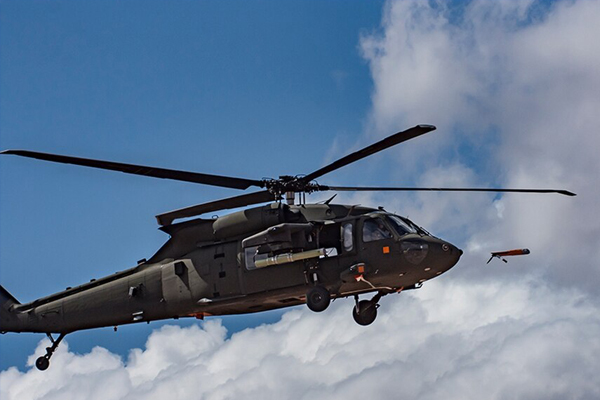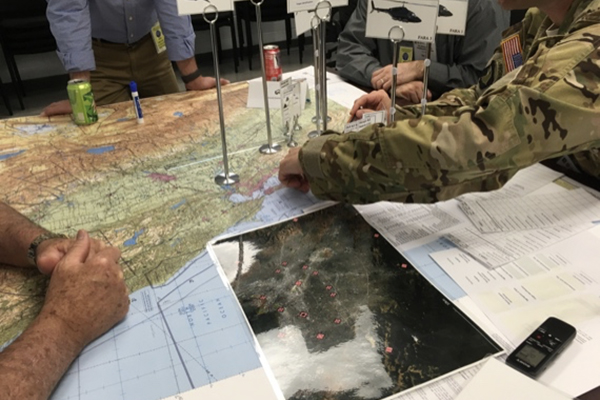case study
Optimal Crewing
OPTIMAL CREWING FOR U.S. ARMY FUTURE VERTICAL LIFT
FUNDED BY: U.S. Army
PROBLEM: The U.S. Army’s next generation rotorcraft, the Future Vertical Lift (FVL) family of systems, will be leap-ahead technological improvements over existing Army Aviation aircraft. Among the many new requirements for FVL is the need to optimally crew the aircraft based on mission requirements and constraints. The goal of this project was to create a new strategy for identifying optimal crewing configurations that support human expertise while leveraging sophisticated automation.
APPROACH: We gathered a team of world-class professionals in cognitive engineering, human factors, and human performance modeling to examine, propose, and exercise an alternative approach to function allocation and human-machine teaming. Our team, driven by a naturalistic decision-making approach, conducted this 14-month long effort in two phases. In the first phase, we conducted an extensive literature review focused on function allocation and human-machine teaming and proposed an optimal crewing strategy. Simultaneously, the team elicited Army Aviation domain information about the envisioned world for Future Vertical Lift including the future operating environment, equipment, doctrine, and relevant technologies. In the second phase, the team leveraged their respective expertise to exercise the proposed strategy by examining the Future Attack Reconnaissance Aircraft (FARA) attack operations. The team applied cognitive task analysis, cognitive work analysis, and human performance modeling and simulation in a collaborative and iterative fashion to propose and assess optimal crewing configurations.
IMPACT: The resulting Integrated Cognitive Analysis for Human-Machine Teaming (ICA-HMT) is a strategy for assessing optimal crewing configurations and functional allocations applicable beyond the Future Vertical Lift program. The ICA-HMT strategy is extensible to other human-systems integration concerns throughout the life-cycle of a system.
Roth, E. M., Sushereba, C., Militello, L. G., Diiulio, J., & Ernst, K. (2019). Function Allocation Considerations in the Era of Human Autonomy Teaming. Journal of Cognitive Engineering and Decision Making, 13(4), 199-220.
Access Online
Ernst, K., Roth, E., Militello, L., Sushereba, C., DiIulio, J., Wonderly, S., … & Taylor, G. (2019). A strategy for determining optimal crewing in future vertical lift: Human-automation function allocation. In Proceedings of the Vertical Lift Society’s 75th Annual Forum & Technology Display, Philadelphia, PA.
Access Online
Sushereba, C. E., Diiulio, J. B., Militello, L. G., & Roth, E. (2019, November). A tradespace framework for evaluating crewing configurations for future vertical lift. In Proceedings of the Human Factors and Ergonomics Society Annual Meeting (Vol. 63, No. 1, pp. 352-356). Sage CA: Los Angeles, CA: SAGE Publications.
Access Online
Sushereba, C., Militello, L., Ernst, K., Diiulio, J., Roth, E., Scheff, S., & Huff IV, W. (2019). Envisioning User Requirements for First-Of-A-Kind Future Rotorcraft. In 87th International Symposium on Aviation Psychology (p. 403).
Access Online
The appearance of U.S. Department of Defense (DoD) visual information does not imply or constitute DoD endorsement.


